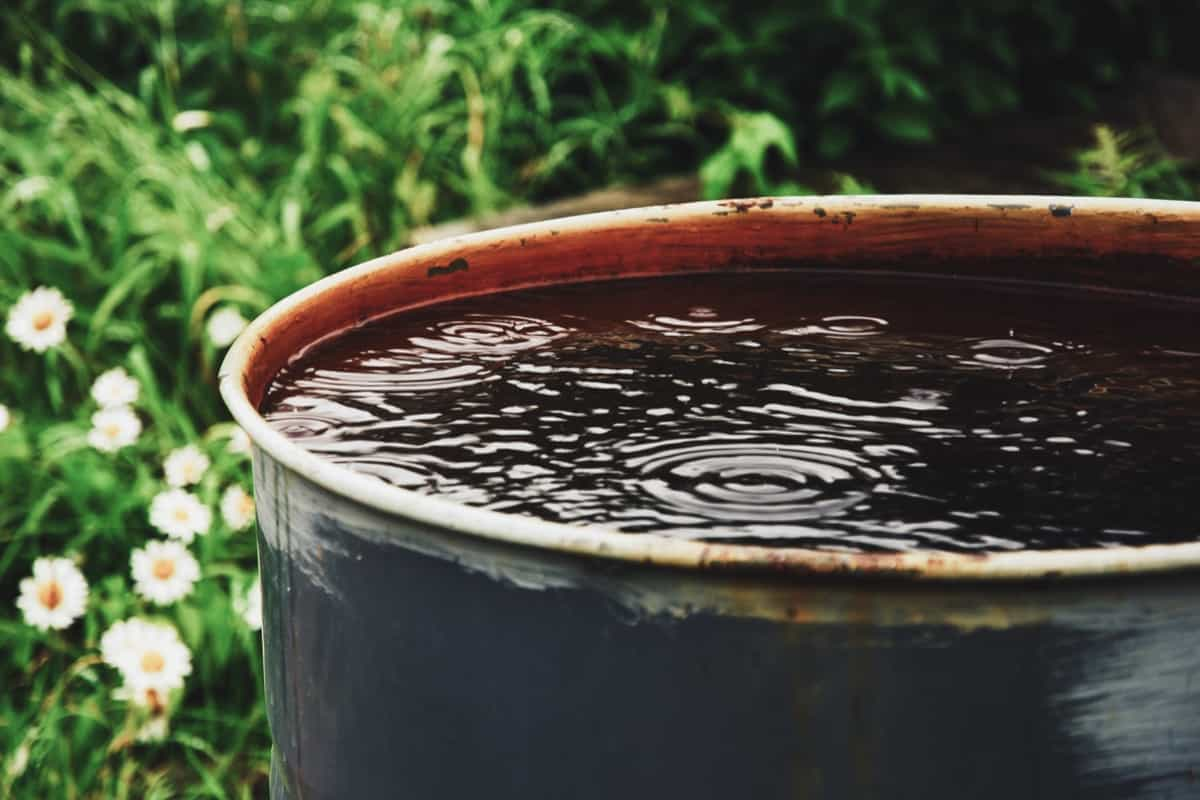

Articles
How To Store Rainwater For Indoor Plants
Modified: December 7, 2023
Learn how to store rainwater for your indoor plants with these informative articles. Find tips and tricks for setting up a rainwater collection system and keeping your plants healthy.
(Many of the links in this article redirect to a specific reviewed product. Your purchase of these products through affiliate links helps to generate commission for Storables.com, at no extra cost. Learn more)
Introduction
Welcome to the world of indoor gardening, where lush greenery flourishes inside the comforts of your own home. While providing proper lighting and maintaining the ideal temperature are crucial factors for the health of indoor plants, one aspect that is often overlooked is the source of water. Instead of relying solely on tap water, have you considered storing rainwater for your indoor plants? Not only is it an environmentally-friendly option, but it also provides numerous benefits for both your plants and your wallet.
When it comes to indoor plants, water quality is of utmost importance. Tap water contains chemicals like chlorine and fluoride, which may not be ideal for sensitive plants. Rainwater, on the other hand, is free of these chemicals and rich in natural minerals that plants thrive on. By using rainwater, you can provide your indoor plants with the purest form of hydration.
Another benefit of storing rainwater for indoor plants is the potential cost savings. Instead of relying on municipal water sources and facing rising water bills, collecting and storing rainwater allows you to tap into a free and renewable resource. It’s a sustainable approach that not only benefits your plants but also reduces your ecological footprint.
Furthermore, harvesting rainwater for indoor plants promotes self-sufficiency. By reducing your dependence on external water sources, you contribute to water conservation efforts and become more self-reliant in maintaining your indoor garden. This can be particularly advantageous during dry spells or water restrictions, ensuring that your plants continue to thrive regardless of external factors.
Are you excited to start storing rainwater for your indoor plants? Before diving in, it’s important to understand the different rainwater storage systems available and how to choose the right one for your needs. In the next section, we’ll explore the various options and considerations to help you make an informed decision.
Key Takeaways:
- Embrace the eco-friendly practice of storing rainwater for indoor plants to provide chemical-free, nutrient-rich hydration. Reduce water costs, promote sustainability, and create a consistent water supply for thriving indoor foliage.
- Choose the right rainwater storage system, prepare for efficient collection, and maintain the system for optimal functionality. Utilize rainwater effectively with a gentle watering approach, monitoring plant response, and adapting to seasonal changes.
Read more: How To Store Rainwater For Drinking
Benefits of Storing Rainwater for Indoor Plants
Storing rainwater for indoor plants offers a range of benefits that go beyond just providing water for hydration. Let’s explore some of the key advantages:
- Chemical-Free Water: Tap water often contains chemicals, such as chlorine and fluoride, that can be harmful to sensitive indoor plants. Rainwater, on the other hand, is free from these additives, providing a natural and chemical-free source of water.
- Nutrient-Rich Water: Rainwater is known to contain beneficial nutrients that promote plant growth. As rainwater travels through the atmosphere, it absorbs minerals and nutrients, making it a nourishing water source for your indoor plants.
- Reduced Water Cost: By collecting and storing rainwater, you can significantly reduce your reliance on municipal water sources. This can lead to significant cost savings, especially if you have a large collection of indoor plants that require regular watering.
- Sustainable Gardening: Storing rainwater aligns with sustainable gardening practices. By utilizing a natural resource like rainwater, you reduce your ecological footprint and contribute to water conservation efforts. It’s a small step towards creating a more sustainable and environmentally-friendly indoor garden.
- Consistent Water Supply: During dry spells or periods of water restrictions, having a stored supply of rainwater ensures a consistent water source for your indoor plants. This helps maintain their health and vitality, even when access to external water sources is limited.
- Softened Water: Rainwater is naturally softer than tap water, which can be beneficial for plants that prefer slightly acidic conditions. Some plants, such as orchids or ferns, thrive in acidic environments, and using rainwater can help create the ideal pH balance for their growth.
- Enhanced Plant Resilience: Indoor plants that receive rainwater tend to develop stronger root systems and overall resilience. Rainwater encourages deeper root growth, helping the plants absorb nutrients and withstand stressors more effectively.
By harnessing the benefits of rainwater for your indoor plants, you can create an optimal growing environment and support their overall health and well-being. In the next section, we’ll discuss different rainwater storage systems and how to choose the right one for your needs.
Choosing the Right Rainwater Storage System
When it comes to storing rainwater for indoor plants, there are various options available. The choice of a rainwater storage system depends on factors such as available space, budget, and personal preferences. Here are some popular options to consider:
- Rain Barrels: Rain barrels are one of the most common and cost-effective options for rainwater storage. These barrels can be placed under downspouts to collect rainwater directly from the roof. They come in different sizes and materials, such as plastic or wood, providing flexibility in selecting the right barrel based on your needs and aesthetic preferences.
- Water Tanks: For those with larger indoor gardens or a higher demand for water, water tanks offer a larger storage capacity. These tanks can be installed underground or aboveground, providing a substantial amount of rainwater storage. They are available in various sizes and materials, such as polyethylene or fiberglass, ensuring durability and longevity.
- Cisterns: Cisterns are similar to water tanks but usually have a larger storage capacity. These underground storage systems allow for efficient collection and storage of rainwater. Cisterns are an ideal option for individuals with ample space and a need for a significant water supply. They can be made from concrete, plastic, or metal, depending on personal preferences.
- Rainwater Harvesting Systems: A rainwater harvesting system involves a more comprehensive approach to collecting and utilizing rainwater. This system typically includes gutters, downspouts, filters, and pumps to collect and divert rainwater into a storage tank. These systems offer a higher level of control and efficiency, ensuring optimal water quality and quantity for your indoor plants.
- DIY Solutions: For the more adventurous and budget-conscious individuals, there are numerous DIY options available for rainwater storage. These can range from repurposed containers, such as large plastic drums or food-grade buckets, to creative setups using PVC pipes and connectors. While DIY solutions may require more effort and maintenance, they provide a customizable and affordable option for rainwater storage.
Before choosing a rainwater storage system, it’s important to consider factors such as the volume of water needed for your indoor plants, available space for storage, and any local regulations or restrictions. Additionally, consider the ease of installation, maintenance requirements, and the overall durability and lifespan of the system.
By carefully selecting the right rainwater storage system, you can ensure a reliable and sustainable water supply for your indoor plants. In the next section, we’ll discuss the steps to prepare for rainwater collection and storage.
Preparing for Rainwater Collection
Before you start collecting rainwater for your indoor plants, there are a few essential steps to take in order to prepare for efficient and effective rainwater collection:
- Check Local Regulations: It’s important to familiarize yourself with any local regulations or restrictions regarding rainwater collection. Some areas may have specific guidelines or permits required for rainwater harvesting, particularly if you plan to install a larger storage system like a water tank or cistern.
- Assess Your Roof: The roof of your house or building plays a crucial role in rainwater collection. Ensure that your roof is in good condition and free from any potential contaminants that may affect the quality of the collected rainwater. Clean the gutters to remove leaves and debris that could clog the system.
- Add Gutter Guards or Filters: Installing gutter guards or filters can help prevent debris and pollutants from entering the rainwater collection system. They can be added to the downspouts or directly on the gutters to ensure that only clean rainwater flows into the storage containers.
- Select Suitable Collection Points: Determine the best location for collecting rainwater. Ideally, this will be an area where rainwater runoff from the roof naturally collects. Consider the accessibility of the collection point and ensure it is positioned conveniently for connecting to your chosen storage system.
- Consider Overflow Management: It’s important to plan for potential overflow during heavy rainfall. Ensure that your rainwater storage system includes overflow mechanisms, such as diversion pipes or overflow outlets, to prevent flooding or damage. Consider redirecting excess water to gardens or permeable surfaces to make the most of the rainfall.
- Prevent Mosquito Breeding: Standing water can be a breeding ground for mosquitoes. To prevent mosquitos from laying eggs in your rainwater storage system, consider adding mosquito screens or covering openings with fine mesh. This will help keep your stored rainwater clean and free from unwanted pests.
- Inspect and Maintain the System: Regularly inspect your rainwater collection system for any signs of damage, leaks, or blockages. Clean the collection points, gutters, and filters periodically to ensure efficient rainwater flow and maintain water quality.
By following these preparation steps, you can ensure that your rainwater collection system is ready to efficiently gather clean and usable water for your indoor plants. In the next section, we’ll guide you through the process of installing rainwater collection equipment.
Tip: Use a rain barrel to collect rainwater from your roof and store it for indoor plants. Make sure to cover the barrel to prevent mosquito breeding and use a fine mesh screen to filter out debris.
Installing Rainwater Collection Equipment
Installing the necessary equipment for rainwater collection is an important step in utilizing this sustainable water source for your indoor plants. Here’s a guide to help you with the installation process:
- Choose a Collection Method: Determine the collection method that best suits your needs and available space. This could be a rain barrel, water tank, cistern, or a rainwater harvesting system. Ensure that the chosen method aligns with your goals for water storage and is compatible with your indoor gardening setup.
- Position and Secure the Collection Container: If you are using a rain barrel or water tank, position it underneath a downspout or in a location where rainwater runoff from the roof will flow into it. Secure the container to prevent accidental tipping or movement during heavy rainfall or strong winds.
- Connect the Gutters and Downspouts: If you have a rainwater harvesting system or larger storage tank, you will need to connect the gutters and downspouts to channel the rainwater into the storage container. Ensure that the connections are secure and leak-free.
- Install Filters and Screens: For systems that collect rainwater directly, such as rain barrels or smaller tanks, install filters or screens to prevent debris and contaminants from entering the storage container. This will help maintain water quality and prevent clogs.
- Include an Overflow Mechanism: It’s important to incorporate an overflow mechanism to prevent flooding or damage during heavy rainfall. This can be achieved by installing overflow outlets or diverters that channel excess water away from the storage container and into a suitable drainage system.
- Consider a Pump System: Depending on the size of your indoor gardening setup and the storage system, you may need to install a pump to ensure efficient water distribution. This is especially important when using larger water tanks or cisterns. Consider the flow rate and pressure requirements of your indoor plants when selecting a pump.
- Connect to Irrigation Systems: If you have an existing irrigation system for your indoor plants, ensure that it is compatible with your rainwater storage system. Connect the storage container or water tank to the irrigation system using appropriate fittings and pipelines.
- Check for Leaks and Test the System: After installation, thoroughly check for any leaks or issues in the rainwater collection system. Ensure that all connections are secure and that water flows smoothly from the downspouts into the storage container. Test the system by allowing rainwater to flow into the container and observe the water level and any potential overflow.
Remember to follow any manufacturer’s instructions and local regulations when installing rainwater collection equipment. The installation process may vary based on the type of system you choose and your specific setup. With the installation complete, you are now ready to maintain and upkeep your rainwater storage system.
Read more: How To Plant Seeds Indoors
Maintenance and Upkeep of Rainwater Storage System
Proper maintenance and regular upkeep of your rainwater storage system are essential to ensure its optimal functionality and longevity. By following these maintenance guidelines, you can keep your system in excellent condition:
- Regular Inspection: Periodically inspect your rainwater storage system for any signs of damage, leaks, or blockages. Check the collection container, gutters, downspouts, and connectors for any debris or obstructions that may hinder the flow of rainwater.
- Clean Filters and Screens: If your rainwater collection system includes filters or screens, clean them regularly to prevent clogging. Remove any accumulated debris or contaminants that can hinder the quality of the collected rainwater.
- Remove Stagnant Water: Occasionally, stagnant water may accumulate at the bottom of the collection container. Flush out this stagnant water to prevent the growth of algae, bacteria, or mosquitoes. It’s important to dispose of stagnant water responsibly.
- Check and Maintain Pumps: If you have a pump system installed, regularly check its functionality and ensure that it is clean and free from any debris or blockages. Follow the manufacturer’s guidelines for proper maintenance and lubrication of the pump.
- Monitor Water Level: Keep an eye on the water level in your rainwater storage container to ensure that it is adequately filled for your indoor plant’s needs. Depending on the demand of your plants, you may need to adjust the frequency and amount of water collected.
- Protect from Freezing Temperatures: If you live in a region with freezing temperatures, take precautions to protect your rainwater storage system from freezing. Install insulation or heat tape on exposed pipes, and consider draining or emptying the system to prevent damage from frozen water.
- Address Repairs Promptly: If you notice any leaks, cracks, or damage to the rainwater storage system, address them promptly. Repair or replace any damaged components to maintain the efficiency of the system and prevent further issues.
- Keep Record of Maintenance: Maintain a record of your maintenance activities, including cleaning, repairs, and any changes to the system. This will help you stay organized and ensure that regular maintenance tasks are not overlooked.
By dedicating some time to regular maintenance and staying proactive in addressing issues, you can ensure that your rainwater storage system functions optimally and provides quality water for your indoor plants. In the next section, let’s explore some best practices and tips for effectively using rainwater for indoor plants.
Using Rainwater for Indoor Plants: Tips and Best Practices
Now that you have collected and stored rainwater for your indoor plants, it’s important to use it effectively to promote their health and growth. Here are some tips and best practices:
- Water Quality: Check the quality of the rainwater before using it for your plants. While rainwater is generally clean, it’s a good practice to test its pH levels and ensure it is free from any unusual odors or contaminants.
- Watering Schedule: Develop a watering schedule based on the needs of your indoor plants. Pay attention to their specific requirements, such as the type of plant, its size, and the environmental conditions. Adjust the frequency and amount of water accordingly.
- Watering Methods: Consider using a watering can or a sprayer to gently water your indoor plants with rainwater. Avoid forcefully pouring water, as it may disturb the soil or cause erosion. Aim to evenly distribute the water and saturate the root zone without overwatering.
- Monitor Moisture Levels: Regularly monitor the moisture levels of the soil in your indoor plants. One of the advantages of rainwater is that it is softer and less likely to cause waterlogging. However, it’s still essential to ensure proper drainage to prevent root rot or fungal issues.
- Use Rainwater Within Days: Rainwater, especially when collected and stored properly, can remain fresh for several days. However, it’s best to use it within a few days to prevent stagnation or the growth of microorganisms. Avoid storing rainwater for extended periods.
- Combine with Other Water Sources: Depending on the availability of rainwater, you may need to combine it with other water sources, such as filtered or distilled water. This ensures a balanced approach in providing the necessary hydration and nutrients to your indoor plants.
- Observe Plant Response: Monitor the response of your indoor plants to rainwater irrigation. Look for signs of healthy growth, vibrant foliage, and optimal hydration. Adjust your watering routine based on the individual needs of each plant to maintain their overall health.
- Regular Soil Amendments: While rainwater provides certain minerals and nutrients, it’s important to periodically amend the soil with organic fertilizers or plant-friendly nutrients. This helps support the nutritional requirements of your indoor plants and keeps them thriving.
- Fertilizer Compatibility: Be mindful of any fertilizers or chemicals you may have previously used in your indoor gardening routine. Check if they are compatible with rainwater to avoid any potential adverse effects on your plants.
- Adapt to Seasonal Changes: Adjust your watering routine and the use of rainwater based on the seasonal changes in your area. During rainy seasons, you may collect and use more rainwater, while in drier periods, you may need to supplement with other water sources as needed.
By following these tips and best practices, you can efficiently use rainwater for your indoor plants, ensuring their growth, sustainability, and overall well-being. Before we conclude, let’s summarize the key points discussed in this article.
Conclusion
Storing and utilizing rainwater for your indoor plants provides numerous benefits for both your plants and the environment. By collecting and storing rainwater, you can provide your indoor plants with a chemical-free and nutrient-rich water source. Additionally, utilizing rainwater helps reduce water costs, promotes sustainable gardening practices, and creates a consistent water supply, even during dry spells or water restrictions.
Choosing the right rainwater storage system, such as rain barrels, water tanks, or cisterns, is an important consideration based on your needs, space availability, and budget. Preparing your rainwater collection system involves checking local regulations, assessing your roof, and installing gutter guards and screens to ensure the collection of clean rainwater.
Proper maintenance and regular upkeep of your rainwater storage system are vital for its optimal functionality. This includes inspecting for damage, cleaning filters and screens, removing stagnant water, and addressing repairs promptly. By staying proactive in maintenance, you can extend the lifespan and efficiency of your rainwater collection system.
When using rainwater for indoor plants, it’s important to monitor water quality, develop a watering schedule, and water the plants using gentle methods. Carefully observe plant response and adjust watering routines as needed. Combining rainwater with other water sources and regularly amending the soil with organic fertilizers can support the overall health and growth of your indoor plants.
Incorporating rainwater into your indoor gardening routine not only benefits the well-being of your plants but also contributes to a sustainable and eco-friendly approach. By reducing reliance on municipal water sources and promoting self-sufficiency, you play a part in conserving water and making a positive impact on the environment.
So, embrace the eco-friendly practice of storing rainwater for your indoor plants and enjoy the benefits of healthier, greener, and more vibrant indoor foliage. With proper collection, storage, and usage, you can provide your indoor plants with the purest hydration and create a nurturing environment that promotes their growth and vitality.
Frequently Asked Questions about How To Store Rainwater For Indoor Plants
Was this page helpful?
At Storables.com, we guarantee accurate and reliable information. Our content, validated by Expert Board Contributors, is crafted following stringent Editorial Policies. We're committed to providing you with well-researched, expert-backed insights for all your informational needs.
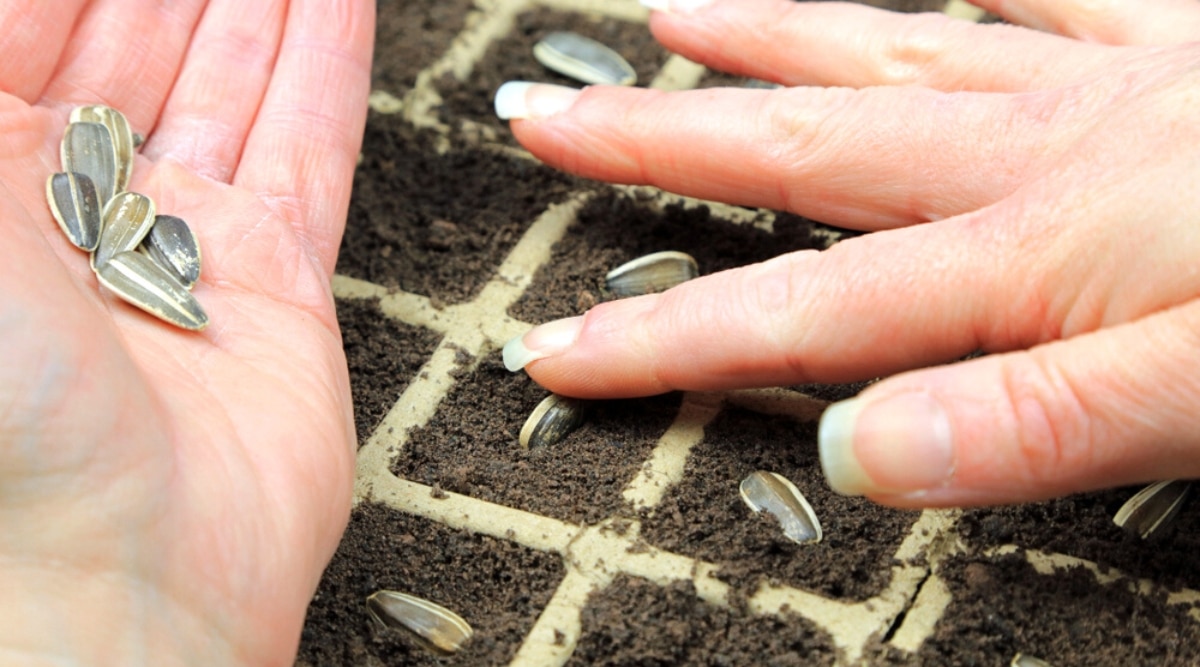
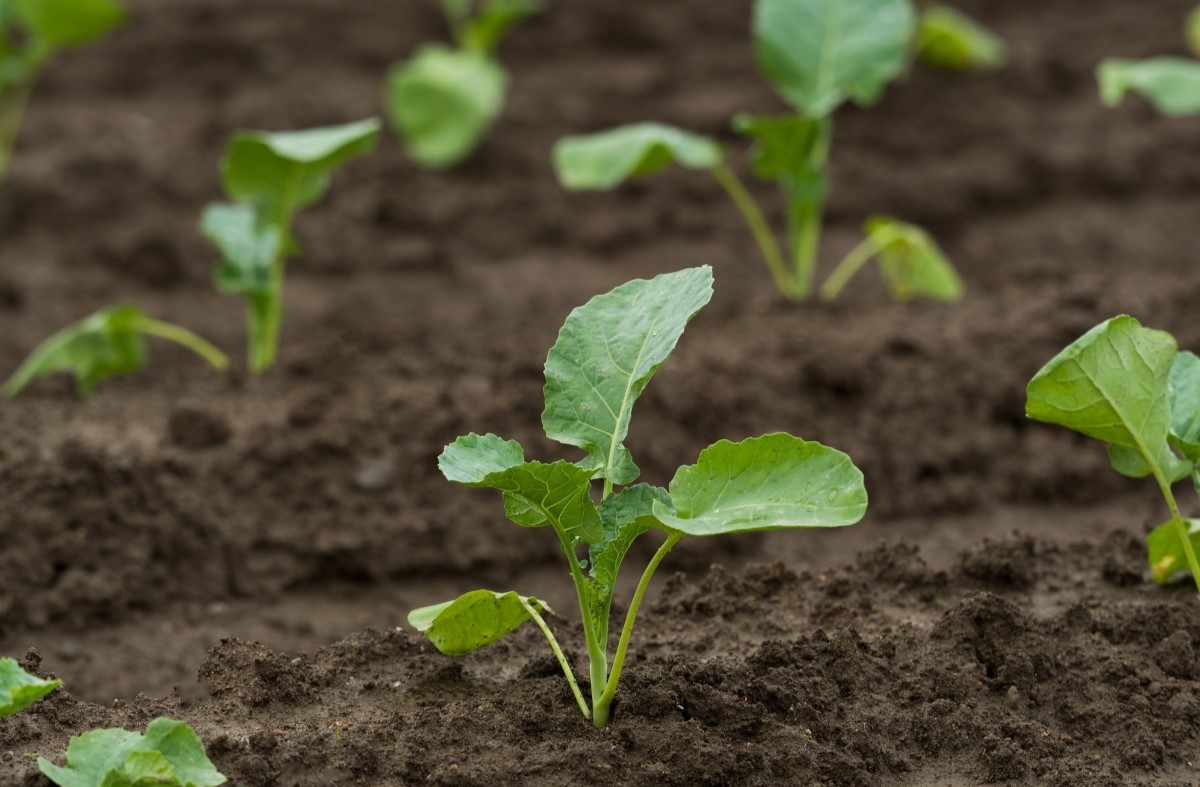
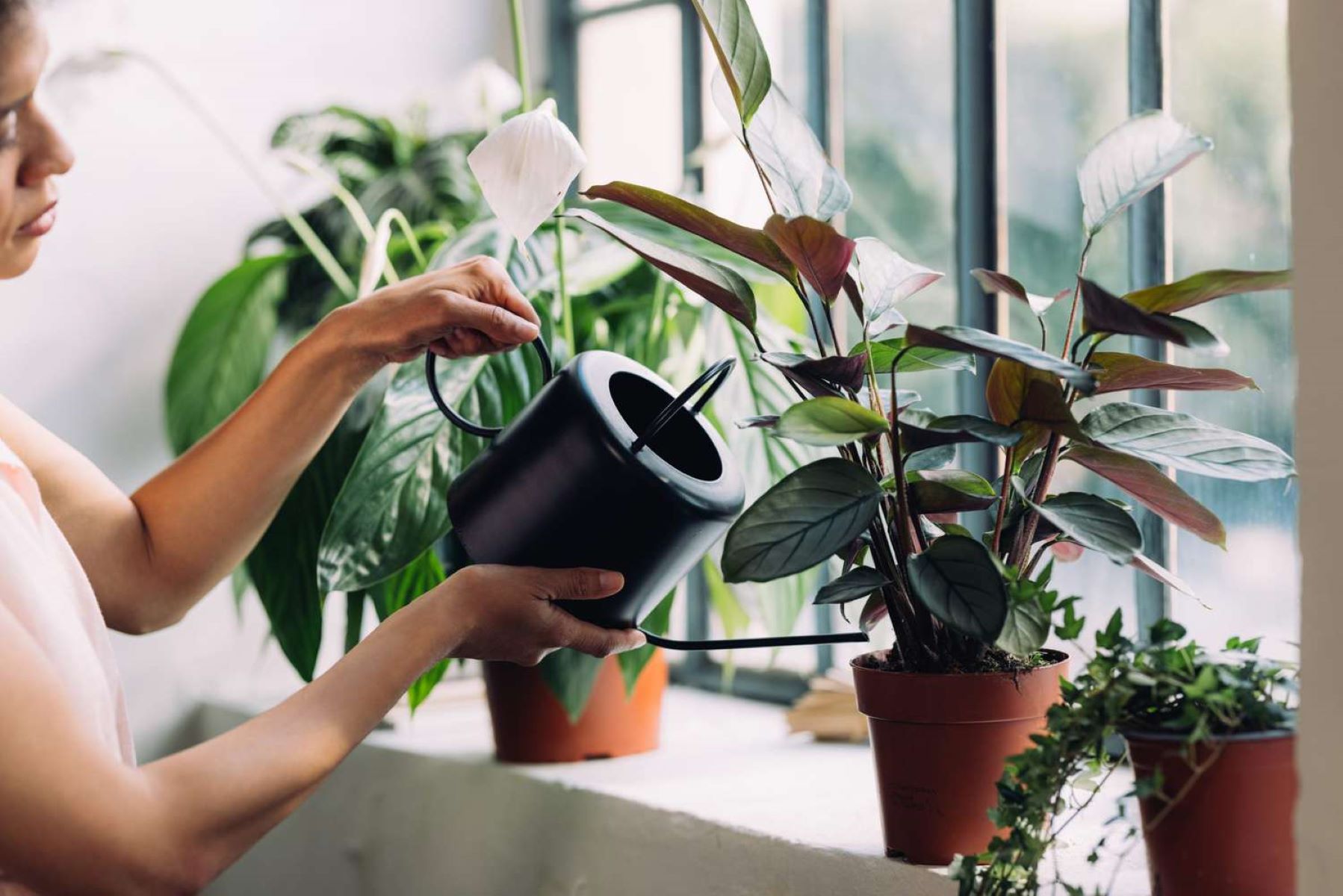
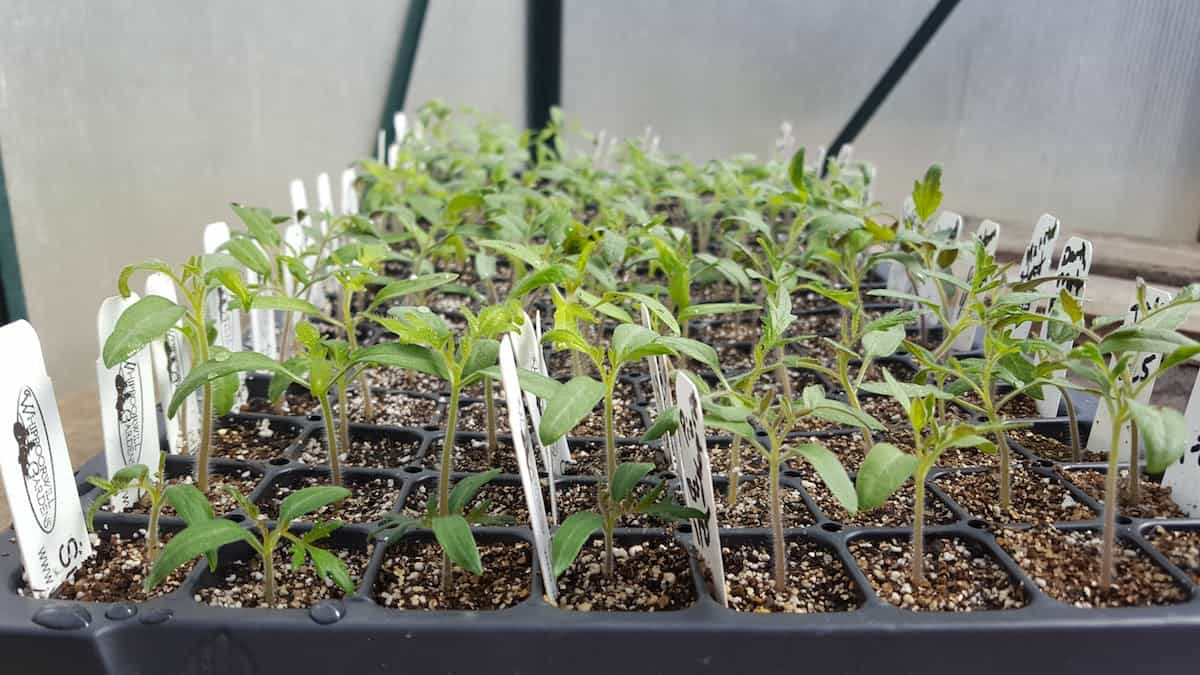
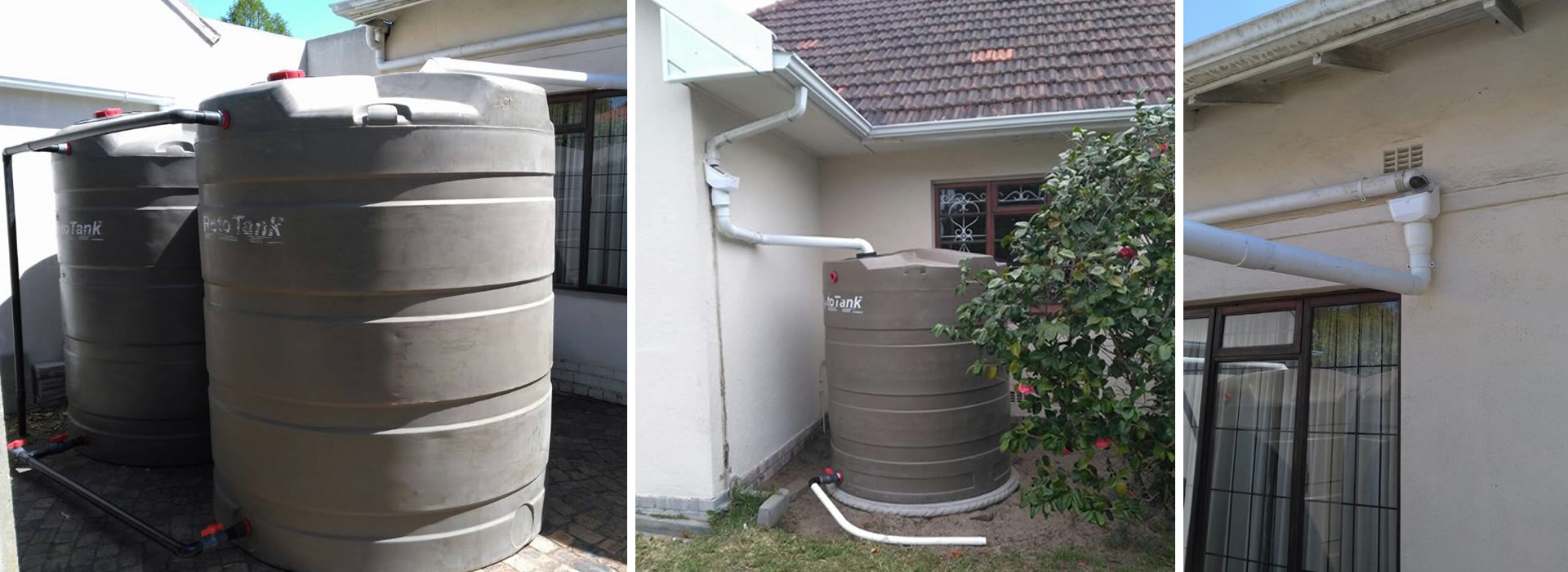
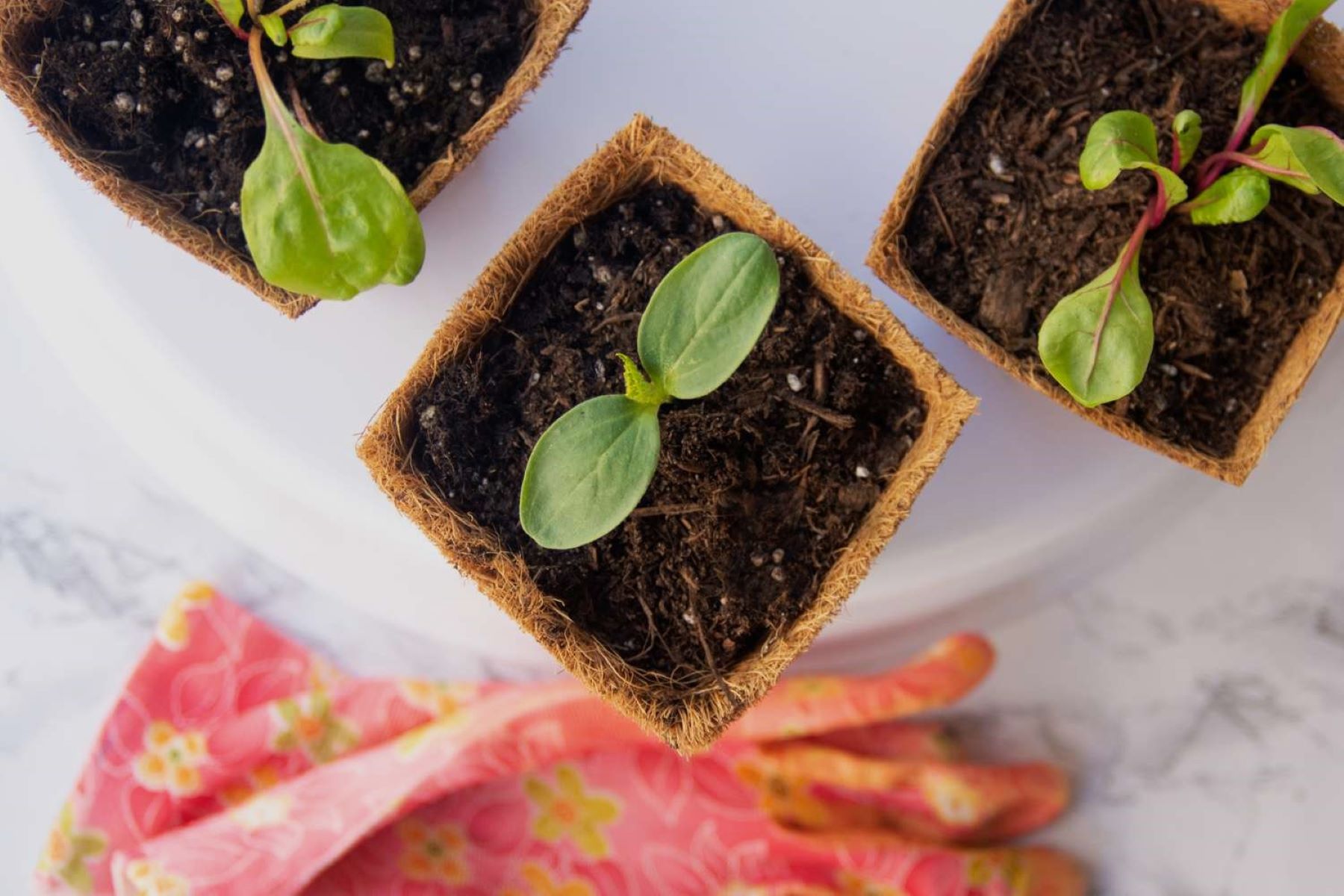
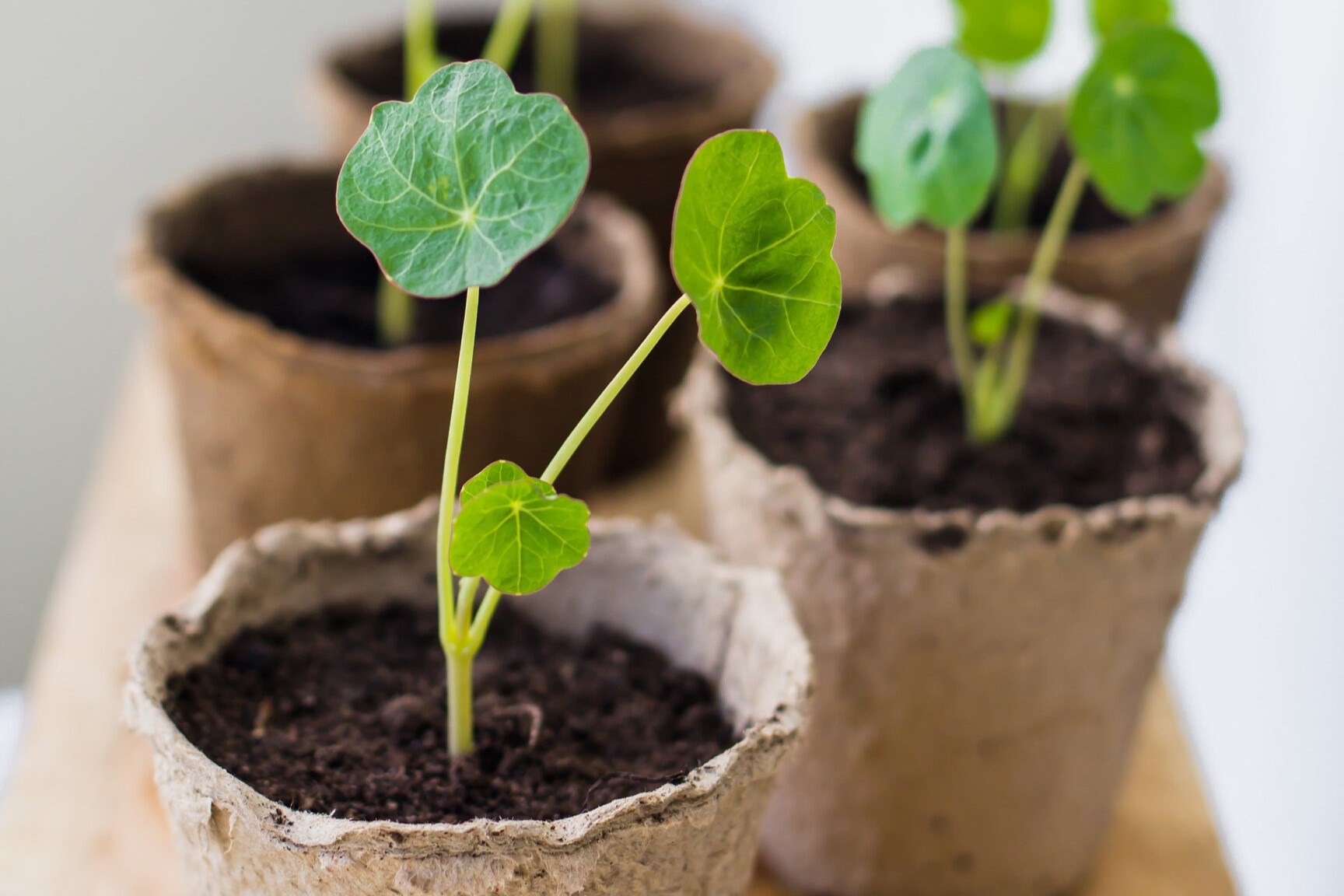
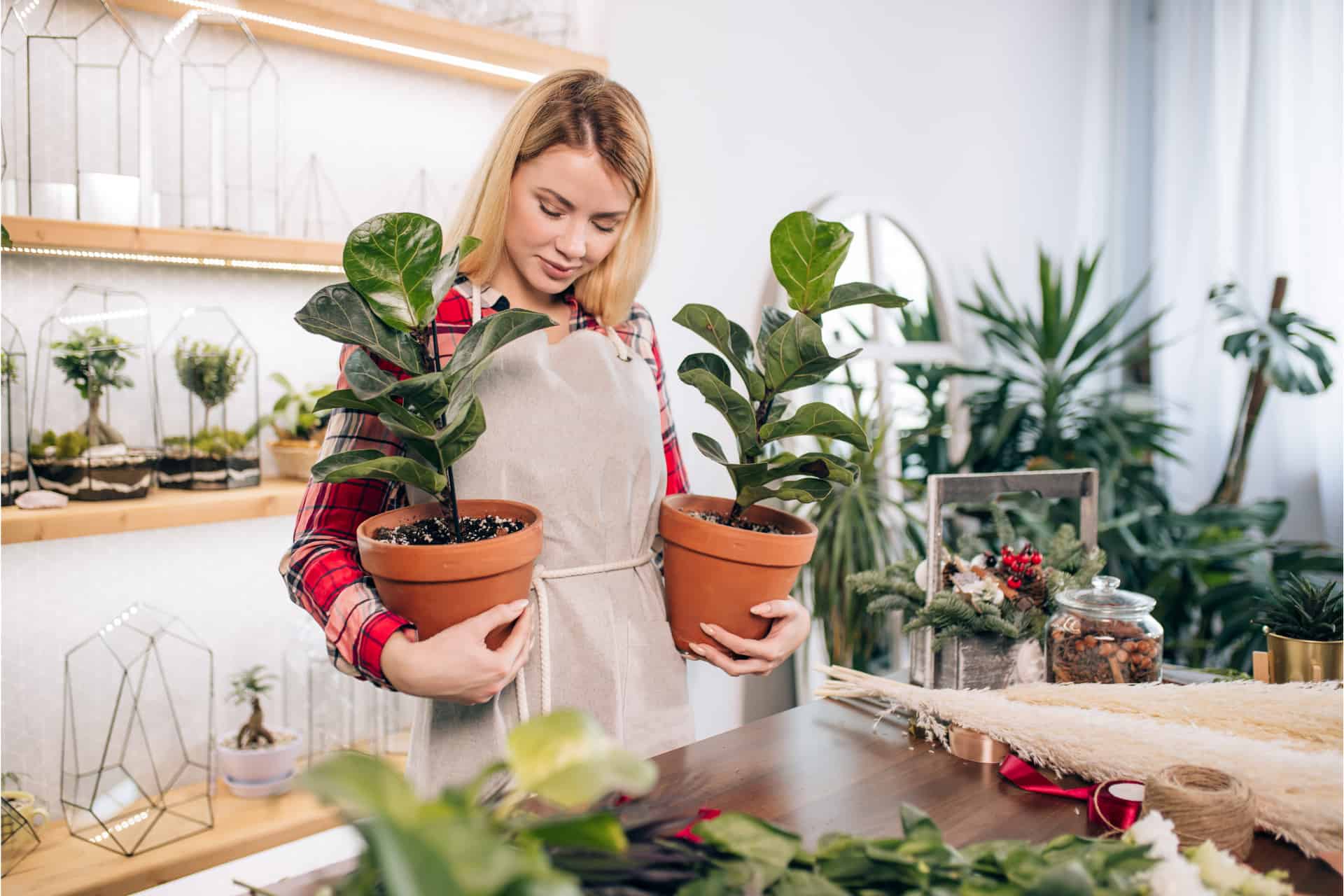
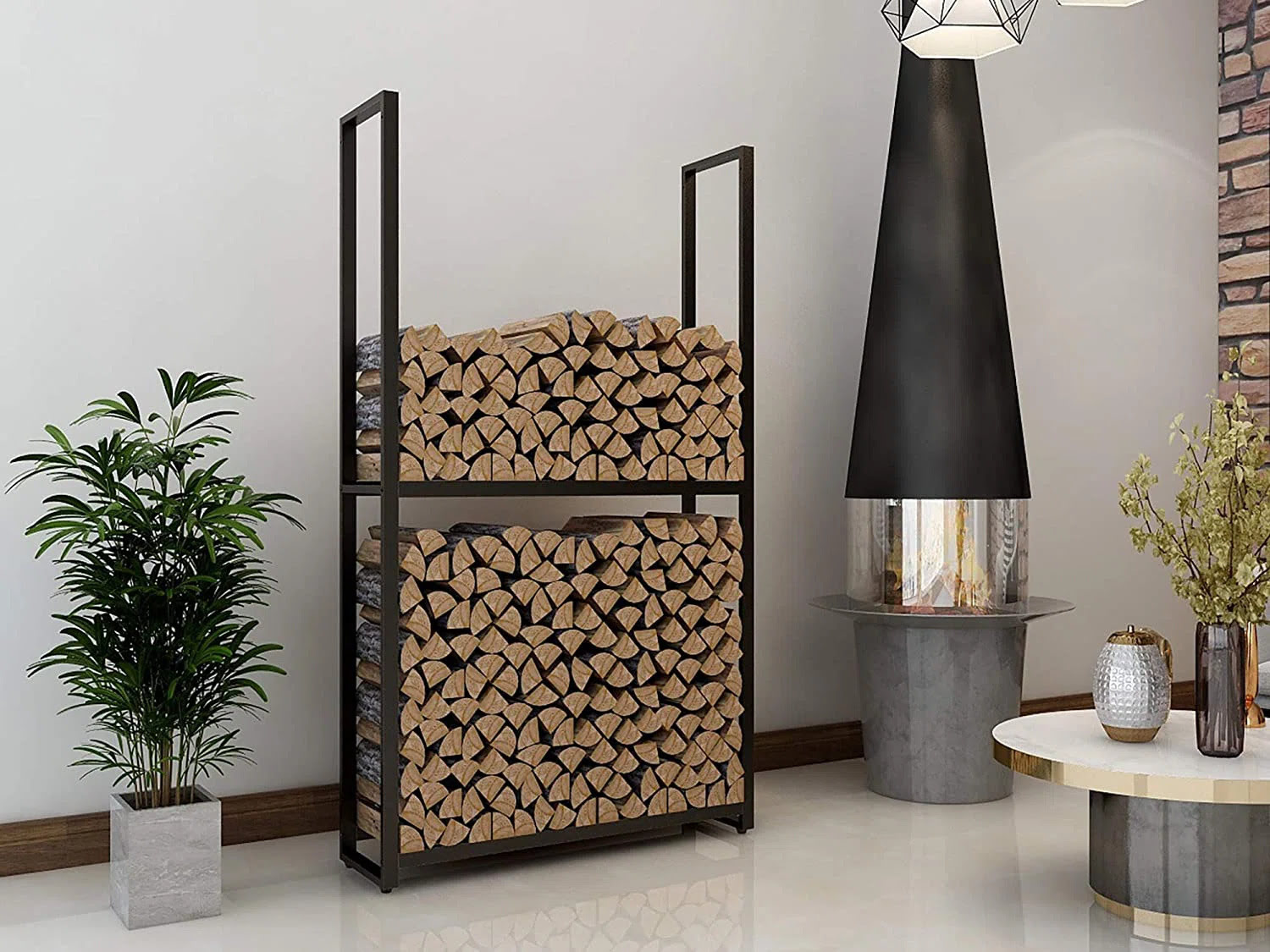
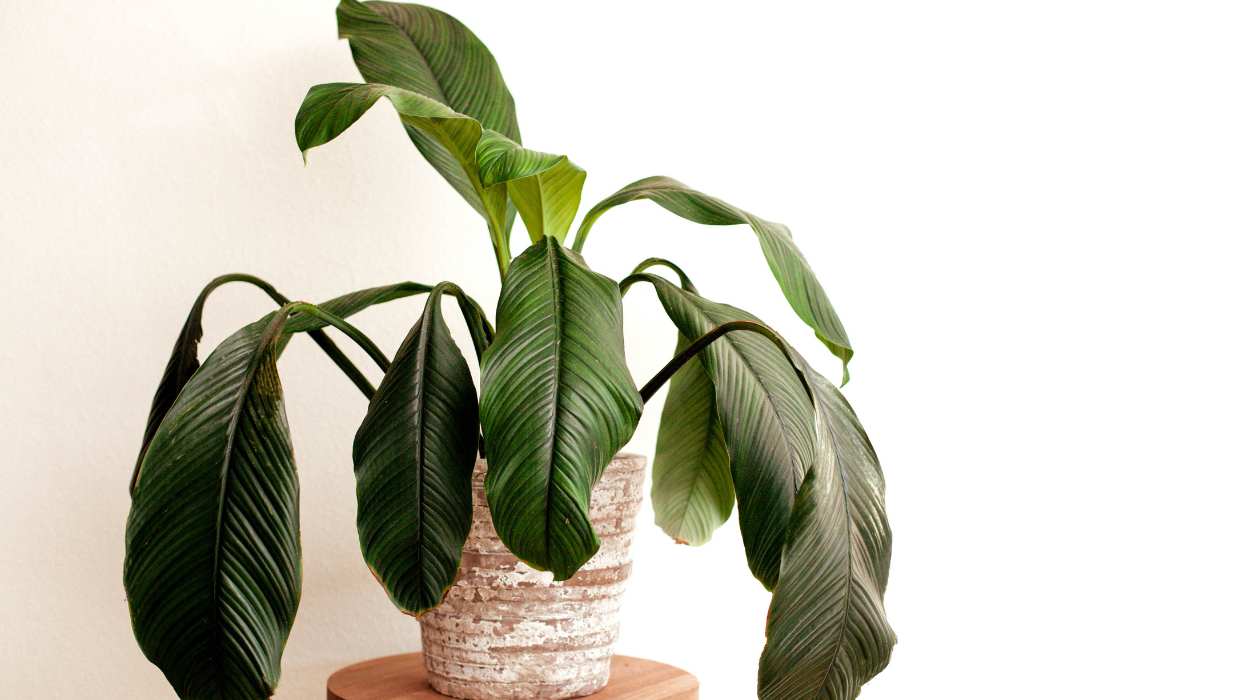
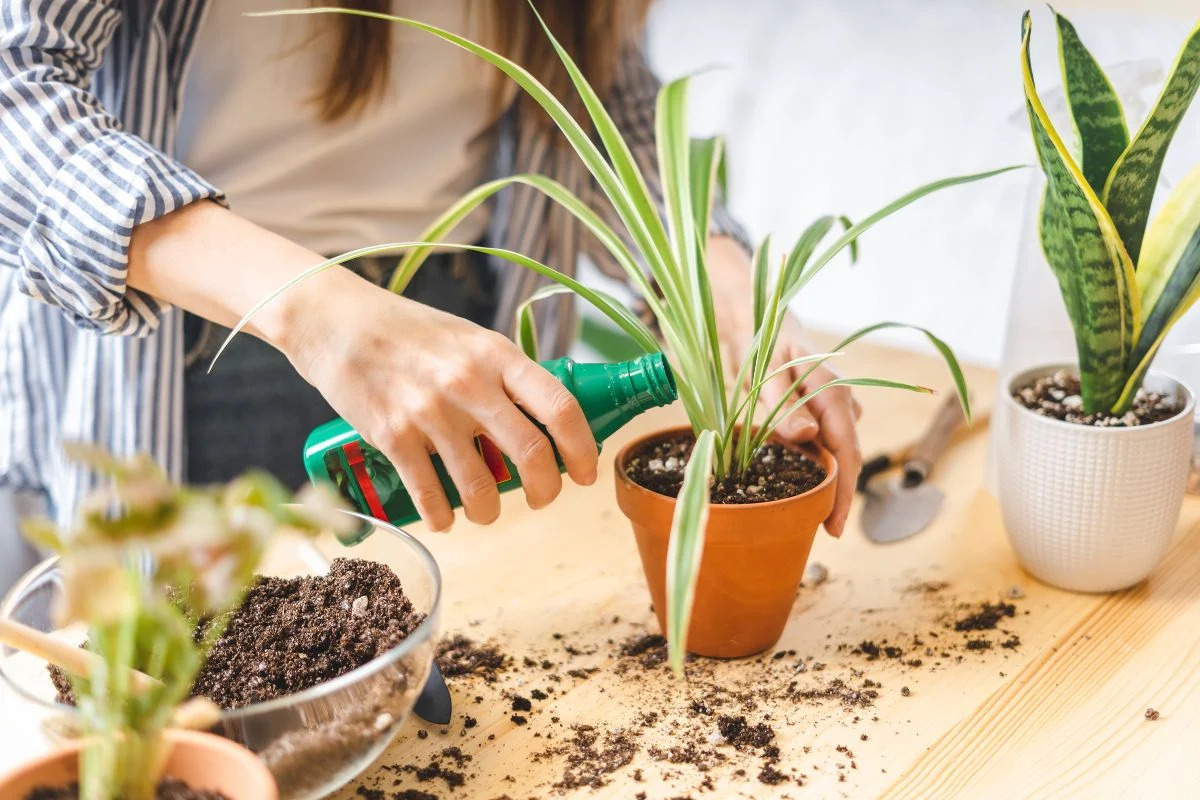
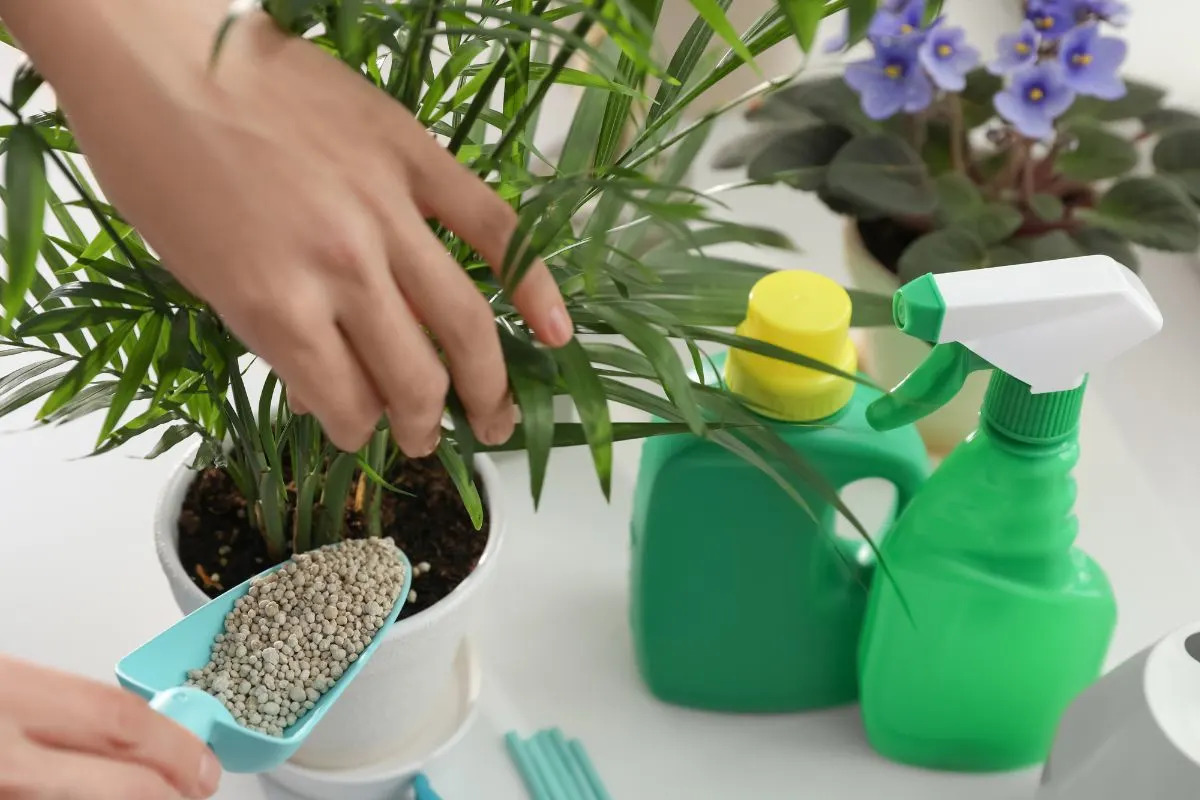
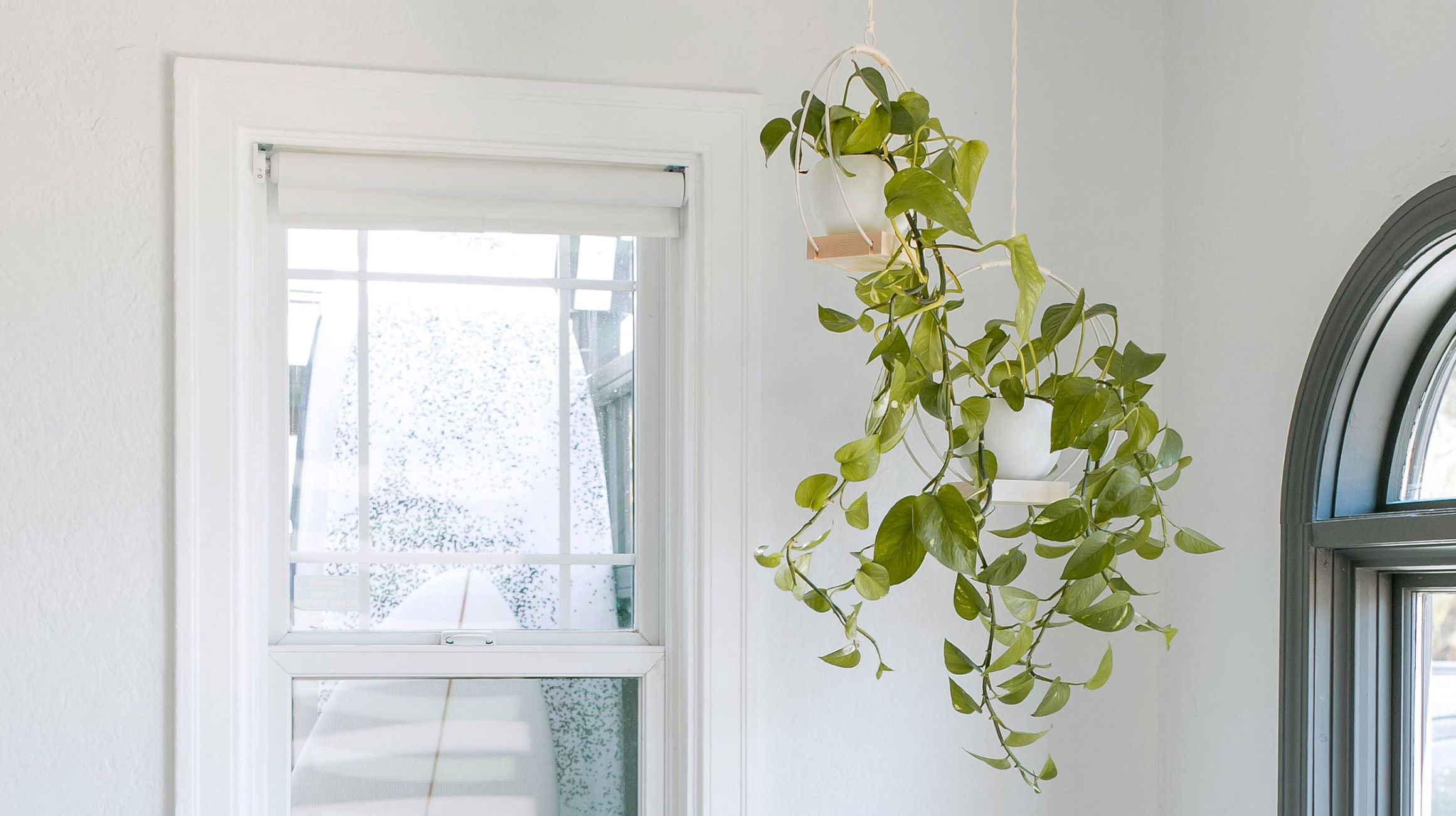
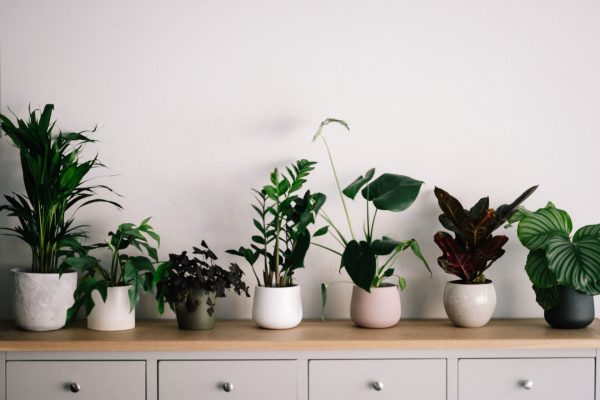

0 thoughts on “How To Store Rainwater For Indoor Plants”